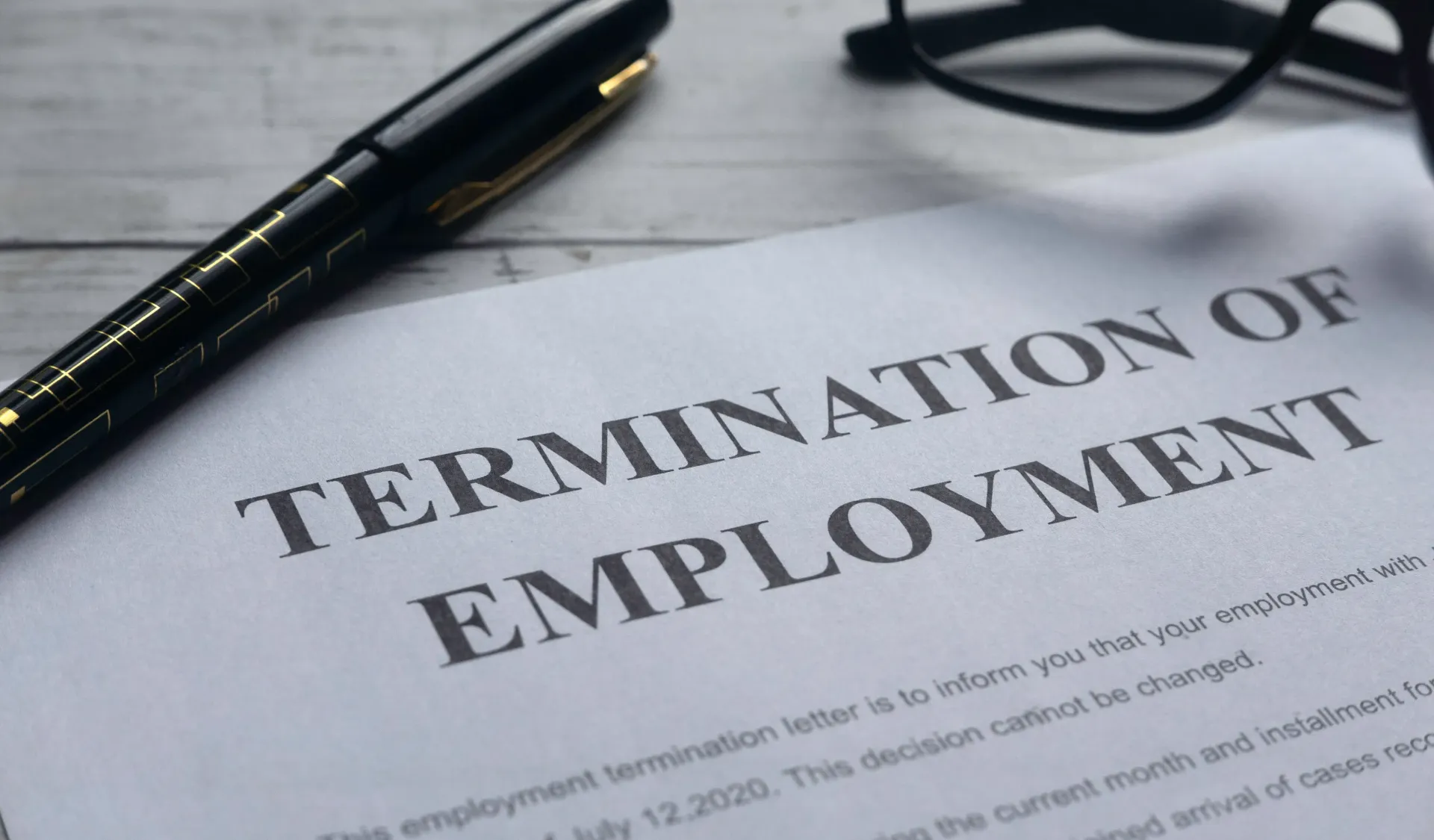What is the California Wrongful Termination Statute of Limitations?

How Long Do You Have to File a Wrongful Termination Claim in California?
In California, the deadline to file a wrongful termination claim depends on why the termination was unlawful. Most wrongful termination cases must be filed within two or three years, but claims involving discrimination, retaliation, or harassment often require you to first file a complaint with the California Civil Rights Department (CRD), and those timelines are different. In many CRD-related cases, you have three years from the date of the violation to file an administrative complaint before pursuing a lawsuit.
Because California has multiple legal frameworks that apply to wrongful termination, including the Fair Employment and Housing Act (FEHA), whistleblower protections, wage/hour retaliation laws, and public-policy claims, the filing window can vary widely. Understanding which statute of limitations applies to your situation is critical. Missing a deadline can bar you from recovering compensation entirely, so it’s important to determine the correct timeframe as early as possible.
The Wrongful Termination Statute of Limitations in California
So, how long do you have to sue for wrongful termination? Main categories and deadlines under California and federal law are as follows.
1. Discrimination or Retaliation Claims (California FEHA)
If your employer fired you due to discrimination or retaliation (for reporting harassment or illegal acts), your case may fall under the Fair Employment and Housing Act (FEHA).
Deadline: You must file a complaint within three years of your job termination date.
Right to Sue: After you file, you can ask for a right-to-sue notice. This notice gives you one year to file a lawsuit in civil court.
2. Wrongful Termination in Violation of Public Policy
If you were fired for reasons against public policy, you can file a civil lawsuit. You don’t need to go through the Civil Rights Department (formerly the DFEH) for cases like:
- Refusing to do something illegal
- Reporting unsafe work conditions
- Taking family or medical leave
Deadline: Two years from the date you were terminated.
This claim often appears in wrongful termination cases. It can go hand in hand with other claims, like retaliation or whistleblower protection.
3. Breach of Employment Contract
If your employer broke a written or implied agreement, you might have a breach of contract claim. This could happen if they fired you before your contract ended or violated the contract in another way.
Deadline:
- Written Contract: You have four years to file.
- Oral or Implied Contract: You have two years to file.
Breach of contract claims can stand alone or be included as part of a broader wrongful termination case.
4. Federal Employment Discrimination Claims (EEOC)
If your termination was due to discrimination protected by federal law—such as Title VII, the ADA, or the ADEA—you must file a complaint with the EEOC.
Deadline:
- 300 days if your claim is also covered under state law (which it usually is in California).
- 180 days if it’s only covered by federal law.
Lawsuit Timeline: After receiving a right-to-sue letter from the EEOC, you have 90 days to file your lawsuit in federal court.
Exceptions That Can Extend the Deadline
In rare cases, the statute of limitations may be “tolled” (paused or extended). These include:
- Delayed Discovery: If you didn’t find out right away that your firing was illegal, the timeline may start when you discovered the issue.
- Mental or Physical Incapacity: If a serious condition prevented you from acting, the court may extend the time.
- Minority: If the employee was under 18, the time limit may not start until adulthood.
These exceptions are not guaranteed, so don’t rely on them without legal advice.
If you miss the filing deadline, the court can dismiss your wrongful termination case. So, act fast, preserve evidence, and talk to a wrongful termination attorney as soon as you can.
Note: The above article does not constitute legal advice.
Frequently Asked Questions
1. What is the statute of limitations for wrongful termination in California?
It depends on the type of claim. Many wrongful termination lawsuits must be filed within 2–3 years, while discrimination or retaliation-based claims often require filing with the California Civil Rights Department (CRD) within 3 years before suing.
2. Do all wrongful termination cases follow the same deadline?
No. California has different filing deadlines depending on whether your claim involves discrimination, retaliation, whistleblowing, wage violations, breach of contract, or public policy violations. Each category has its own legal clock.
3. When does the clock start on a California wrongful termination claim?
Usually, the clock starts ticking on the date you were fired, not when you receive your final paycheck, find out the firing was illegal, or secure new employment. Acting quickly is key.
4. What if I missed the filing deadline? Do I still have a case?
In most situations, missing the statute of limitations means you lose your right to pursue the claim. However, certain exceptions, like delayed discovery or ongoing violations, may extend your timeline. A lawyer can help determine whether any apply.
5. Does the deadline change if my employer tried to hide the real reason I was fired?
Potentially, yes. In California, if your employer concealed the true reason for your termination, such as by giving a false explanation or covering up evidence of discrimination or retaliation, the statute of limitations may be extended under what’s known as the “delayed discovery rule.” This rule allows the filing deadline to start when you reasonably should have discovered the unlawful reason for your firing, rather than on the day you were terminated.
However, this extension isn’t automatic. You must be able to show that your employer actively hid or misrepresented the real reason and that you could not have reasonably discovered the truth earlier.
6. Can my California wrongful termination claim be based on an employment contract?
Yes. If you were fired in violation of a written or implied contract, you may have a breach-of-contract claim. Those cases typically have a 2–4 year statute of limitations depending on the type of contract.
7. How do I know which statute of limitations applies to my situation?
Because California wrongful termination claims fall under multiple legal categories, only a detailed review of your case can reveal the correct deadline. Factors like the reason for the firing, your job status, and whether you reported workplace issues all matter.
Share on Social Media





